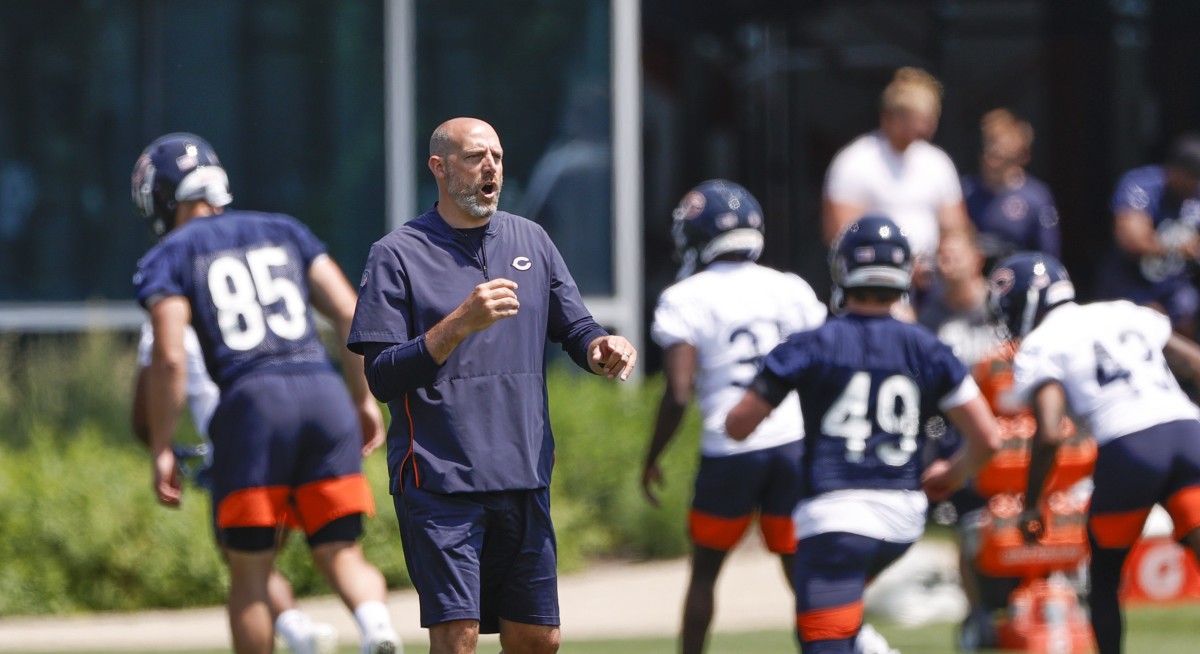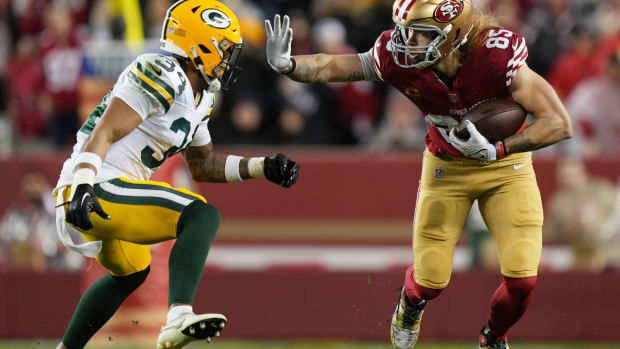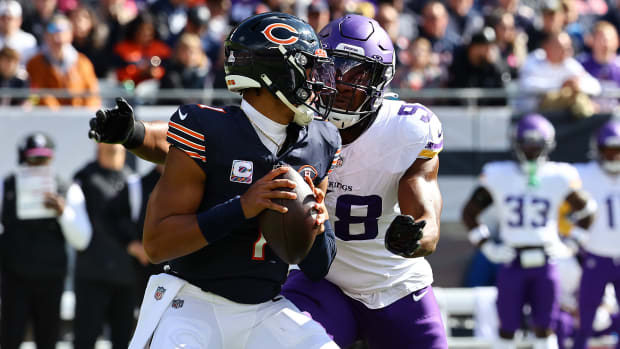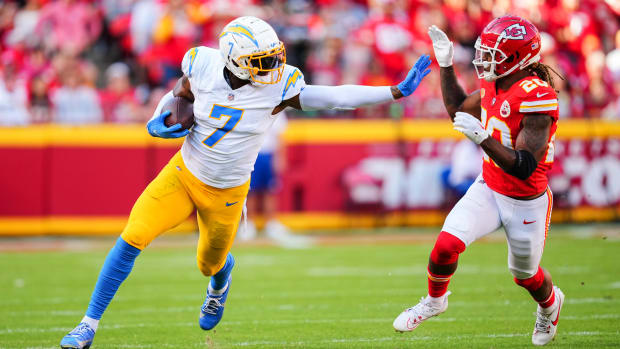Elevating Offense Becomes a Bears Priority

When an offense is mired like the Bears have been during the last two years, and the coaching staff remains the same from one year to the next, something has to give.
The Bears have been plagued with the same offensive problems the last two seasons with two different offensive coordinators. They've varied their blocking style greatly and altered several aspects of the attack.
Now they've gone to personnel turnover to solve the issue by bringing in two new quarterbacks, a new left tackle and several other new reserve role players on offense to help make this work at least as well as it did in 2018 if not better.
After all, the 2018 offense was the high point for the Matt Nagy coaching era and they still ranked only 21st on offense, while their ninth ranking in scoring was largely the result of the defense getting into the end zone or repeatedly presenting them with the ball via 36 takeaways.
The Bears have to get their offense working more along the lines of how Nagy envisioned in 2018 immediately, because with six potential defensive starters in their 30s they appear to have wasted some very effective play on that side of the ball.
Here are the three greatest challenges they face in this resuscitation effort:
3. Getting it blocked
The late-season Bears success resulted from more bootleg action and a running game utilizing more outside zone blocking than in the past. It also resulted from playing some of the league's worst run defenses. Houston, Detroit, Minnesota and Jacksonville had long since stopped trying to plug leaky defenses as teams poured through them on a regular basis.
When the Bears faced Green Bay and then New Orleans in the playoffs, the blocking didn't work quite as well.
Enter Teven Jenkins at left tackle and now James Daniels at right guard. Expecting them to pass block better and to run block better makes sense when Daniels was thought to be one of their better blockers before a torn pectoral muscle ended his season. Jenkins is highly thought of and regarded by many as a second-round steal at tackle, although his real production came at right tackle.
Merely taking Charles Leno Jr. out of the lineup and putting a second-round draft pick into his place, and removing Alex Bars to use a more polished blocker at right guard will not mean the offensive line just picks up where it left off in making progress.
"Offensive line is a unique position in that five guys need to be on the same page on every single snap," center Sam Mustipher said. "So, any five who get the opportunity to work together as a unit and just grow that cohesion, it takes reps, it takes times, it takes plays, it takes a lot of work, a lot of time. And sometimes it takes more time than we were able to have at the facility."
It's not even known whether the Bears will be running the same outside zone run-blocking approach again or whether they'll revert to the inside zone style they used more the first 2 1/2 seasons, the one Nagy brought from Kansas City. Nor is it known whether this group of five can mesh right away as a blocking force.
Like Mustipher said, it often takes time. At least they've bought some because they're putting this line together now instead of at midseason like they did last year.
2. Getting it downfield
As the Bears reached the final days before their playoff showdown with New Orleans in January, Matt Nagy spoke a truth obvious for more than two years.
"You can't just be throwing 8- to 10- to 12-yard passes," Nagy said. "You have to be able to stretch the field vertically. We keep a keen eye on that. If we're not, that's not fair to our players."
There actually was a time when the Bears were getting adequate gains downfield in the passing game to make the offense work better. They finished 14th in net yards per pass attempt in 2018, Mitchell Trubisky's second year at quarterback. He did this without wide receiver Allen Robinson at top speed yet following a torn ACL and with Taylor Gabriel as the "Z" receiver threat on the other side.
Trubisky never did develop as a deeper passer and the end result was drafting Justin Fields, whose deep passing accuracy at the college level has been almost legendary. Andy Dalton also once had a reputation for being able to get the ball downfield, but years playing in a weaker Cincinnati attack and advancing age seem to have prevented him from getting the yards per attempt up into the mid-7s.
Part of getting the ball downfield more is going to be the getting it blocked aspect. Part of it will be running better, more consistently and when they want to run it in order to set up deeper throws in play-action.
The Bears were 26th in net yards per pass last year and last (32nd) in 2019. If the Bears are going to average 6.2 and 6.4 yards per pass attempt like they have the last two seasons, then Nagy, offensive coordinator Bill Lazor and quarterbacks coach John DeFilippo might as well pack their bags and purchase plane tickets for early January now.
That isn't to suggest they'll be traveling somewhere with the team, like the playoffs. These would be one-way tickets.
1. Getting it called
When all the parts for success fall into place, Nagy has to make sure he's calling the right plays and the staff together must have the right game plans in place. Last year Nagy failed so badly at calling plays, he quit doing it. He's doing it again this year.
'I'll make sure that schematically I'm putting our guys in the right position, working off of their strengths and what they do well," Nagy said. "I think every year is a little bit different but you want to create an identity as fast as you can."
The different personnel available can present a bit of a challenge as they sort through this.
"Then it's a matter of making sure you do your best to call the best plays at the right time," Nagy said. "Then there are a lot of times, too, when there will be an average play call that the players make look good."
There are plenty of critics who would charge they usually didn't get the average play call or better last year.
Nagy has to be on top of his game. After 2018, he wall-papered a room in his house with the leftover game-plan call sheets that helped him win NFL Coach of the Year.
It could help if he wall-papered another room in Year 4.
Twitter: BearDigest@BearsOnMaven





